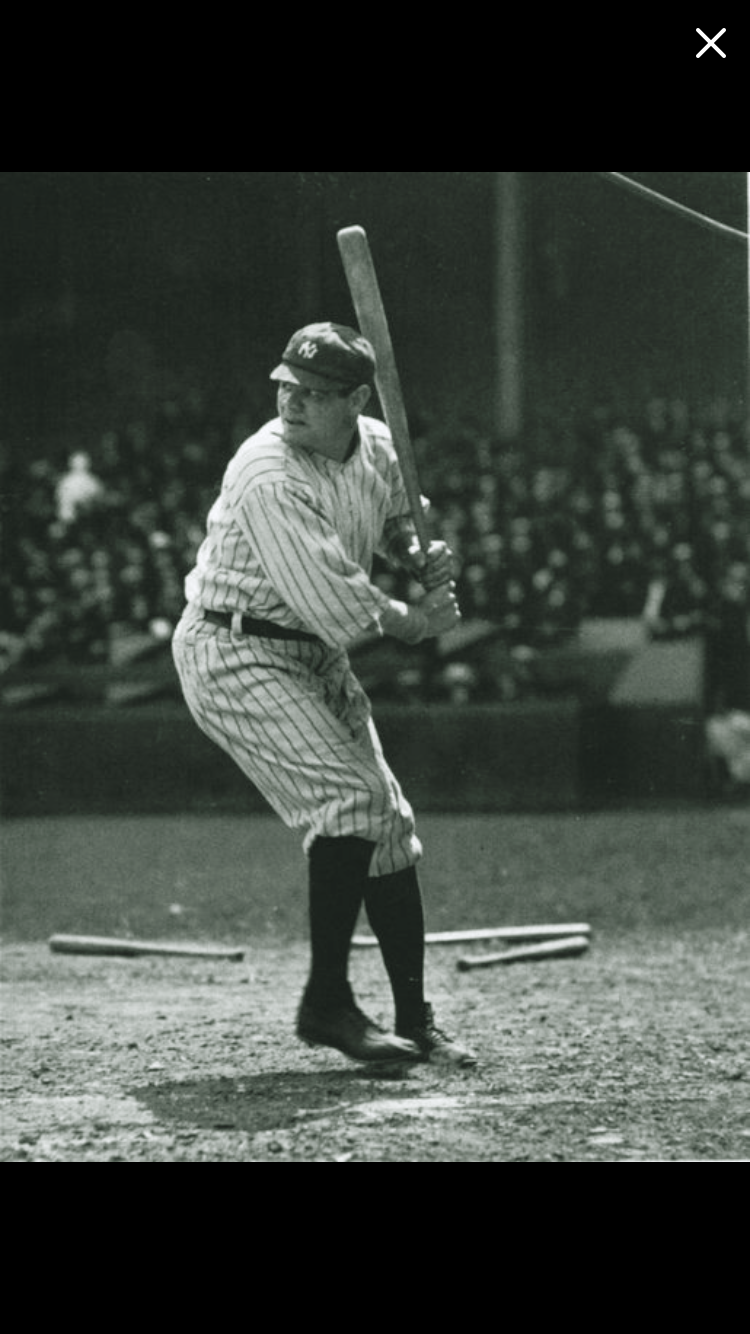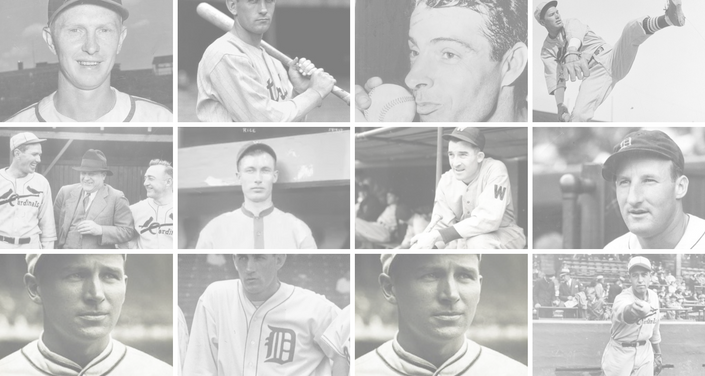The name Detroit Creams lasts only a season when the Class A Western League team is dubbed the Tigers after editor Philip Reid headlines a Detroit Cost-free Press story with Strouthers’ Tigers Showed Up Very Nicely. The club’s new moniker, still in use today, will carry over to the city’s franchise in the new American League in 1901.
The name Detroit Creams lasts only a season when the Class A Western League team is dubbed the Tigers after editor Philip Reid headlines a Detroit Cost-free Press story with Strouthers’ Tigers Showed Up Very Nicely. The club’s new moniker, still in use today, will carry over to the city’s franchise in the new American League in 1901.





